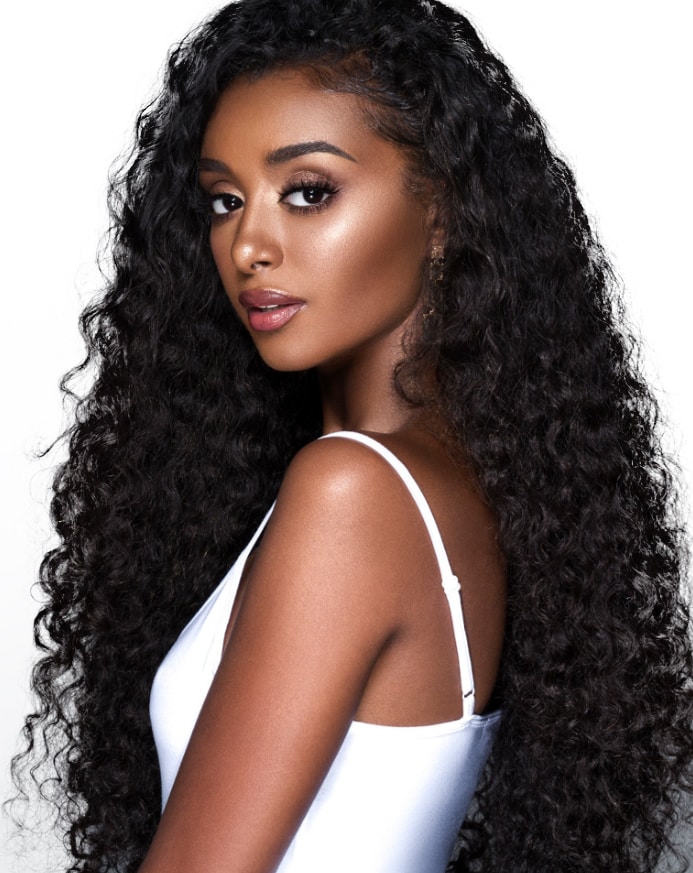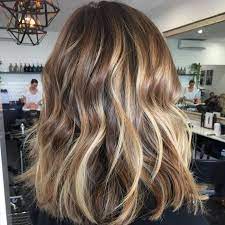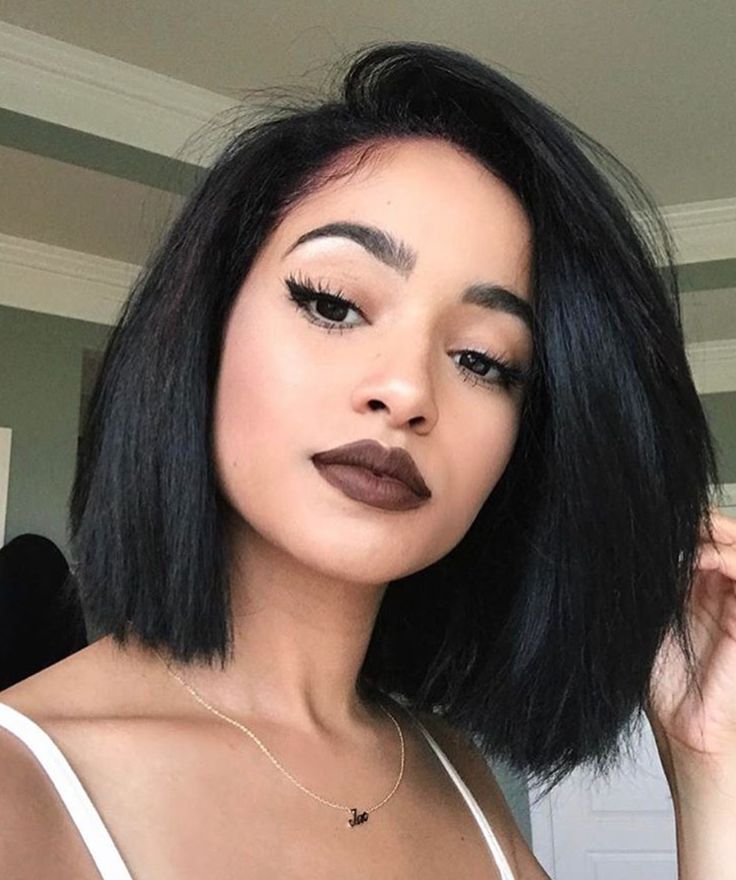
Indian women with curly hair face tremendous pressure to straighten it. Keratin treatments or professional smoothing services may be recommended as solutions to their curly locks. But now things are shifting thanks to the CG Method and Indian CG bloggers who are encouraging people to embrace their curls.
Genetics
Hair comprises proteins called keratins that are controlled by both genes and follicles. Keratins can either be curly or straight depending on genetics; their shape determines their strength, flexibility, and any kinkiness they might contain. Genetics also plays an integral part in how fast one’s hair will grow.
Genetic factors influencing curliness include TCHH, EDAR, WNT10A, and TRAF2. These genes play an essential part in forming straight or curly hair and how it reacts under different environmental conditions; for instance, curly locks may make drying out harder, leading to damaged or broken strands more readily.
Researchers have investigated the follicle structures associated with curly or straight hair. They have observed that those producing curly locks tend to produce larger follicles nearer to their scalp than those making straight locks, leading them to create curlier waves overall.
Another study focused on gene expression analysis for individual strands of hair and found that specific genes were more active in curl-producing follicles than in those producing straight locks; such genes included EDAR, TRAF2, PRSS53, and OFCC1. Furthermore, several of these genes have also been linked with shaping hair fibers – several have even been tied directly with curliness! Again, recent research comparing genotypic and phenotypic trends associated with curly fibers demonstrated they exist independent of race or ancestry!
Studies have also demonstrated that curly hair is produced by more curved follicles than non-curly hair, leading to stiffer, stronger, and more resilient curly locks than straight. Curved bristles may also be better at extracting moisture from the air.
Culture
Indian culture places great value on hair as an emblem of beauty, power, status, and femininity; therefore, it often remains long past old age for this very reason. hair also symbolizes women’s devotion to their husbands, so women typically keep it long even into old age.
Women consider their hair a reflection of themselves and must, therefore, take great care in maintaining its care. Women are taught to massage their scalp with oil daily, such as coconut, olive, or castor oils, which provide nutrients while making the hair appear less frizzy; furthermore, these oils also maintain their elasticity, which is especially essential when dealing with curly locks.
Women often style their hair in an Indian ponytail style by braiding or tying it up in braids – an elegant and sophisticated way to show off natural curls and add an elegant and sophisticated look. However, before braiding or tying up their locks, ensure that the scalp and scalp area has been moisturized and oil-treated before performing this hairstyle.
Curly hair stands out from straight in its thick and buoyant nature and is resistant to damage. Curly locks are more versatile than straight, as they can be dyed or treated more readily than others; furthermore, they’re easier to detangle and brush than their straight counterparts.
Indians love their curly locks for many reasons: their beauty and volume can be styled in numerous ways. Indians have traditionally been taught that straight hair is the only acceptable style; however, there has been an emerging movement among South Asians to accept and embrace natural curly locks. Celebrities from India, such as Poorna Jagannathan and Taapsee Pannu, have shown us that curly locks can be just as beautiful, even more so in certain instances!
Hair Care
Indian curly hair care requires less frequent washings to protect its natural oils and avoid dryness and breakage, so opting for a sulfate-free shampoo every 2-3 times can help preserve its integrity.
Hair oil should also be regularly applied to curly tresses to increase your locks’ moisture, strength, and luster. Natural oils that can be used as hair oil for curly locks include castor oil, jojoba oil, sweet almond oil, argan oil, grapeseed oil, and avocado oil, as well as Ayurvedic amla neem bhringraj oils as pre-shampoo treatments include banana shea butter avocado neem, etc.
Indian curly hair requires regular combing to avoid tangles, frizz, and split ends; to do this, divide your locks into sections and use a wide-toothed comb to comb them through. Furthermore, use a leave-in conditioner to keep strands soft and hydrated after each wash.
If you must blow-dry your hair, use a diffuser only on cool or warm settings; direct heat can damage and break your locks more than any other method.
If you’re searching for an easier way to style your Indian curly hair, why not add extensions? They provide the look you desire without breaking the bank – plus, they are easy to care for and should last you many months at least!
If you’re shopping for hair extensions, carefully read through their labels. Some products contain harmful chemicals that could potentially damage your locks; therefore, it is always a good idea to select brands that promise they are free from sulfates, parabens, and silicone, as well as using naturally derived ingredients – this will ensure you are getting only what’s best for your tresses!

